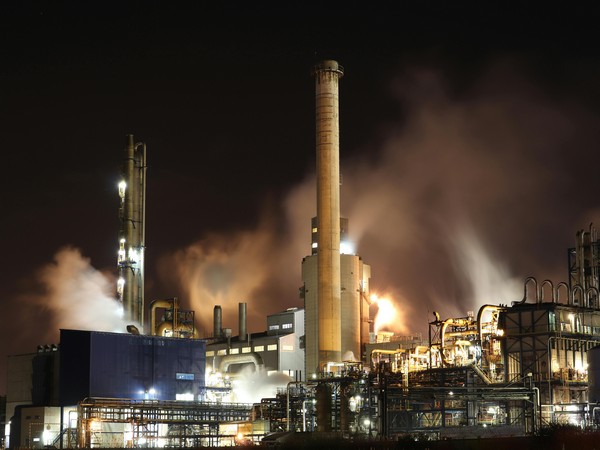New Delhi: The oil industry worldwide has significantly reduced its resource life since 2014, primarily due to a strategic shift towards short-cycle developments says a report ‘Study on Top Oil & Gas Projects 2024’ by Goldman Sachs.
The resource life defines the proven oil reserves. For example, if a country has 10 lac barrels of proven oil reserves and is producing 2.5 lac barrels a year, then the resource life, is 10,000,00 / 250,000 = 4 years.
The report says that these shorter, more flexible projects have allowed companies to adapt quickly to market fluctuations, but they have also led to a decline in the long-term stability of resource availability.
The report also highlighted that despite these changes, the investments in traditional energy sectors (Oil, Natural gas) are expected to continue growing, with an annual increase of 4 per cent projected until 2028. This sustained investment indicates a cautious optimism within the industry, as it balances the need for immediate returns with the development of future resources.
One of the notable trends highlighted by the report indicates the steepening of the oil cost curve since 2017. The oil cost curve represents the cost of producing oil at different levels of output. When the curve steepens, it means that the cost of extracting additional barrels of oil increases more sharply.
According to the report, the financial landscape has further been complicated by ESG (Environmental, Social, and Governance) considerations, which have led to a higher cost of capital for long-cycle oil developments.
As a result, the incentive price for these projects has risen to USD 80 per barrel, assuming a 15 per cent hurdle rate. This higher threshold reflects the increased financial risk and the need for greater returns to justify long-term investments.
The oil industry’s current development pipeline includes 73 giant projects, which is 32 per cent less from the levels seen in 2014. This reduction highlights a broader trend of consolidation and cautious investment in the oil industry, as companies prioritize projects with quicker returns and lower financial risk. The decreased number of large-scale developments also reflects the industry’s response to fluctuating oil prices and increasing regulatory pressures.
For 2024 and 2025 the report highlights a more moderate pace of investment decision. This cautious approach is likely driven by the need to navigate an uncertain market environment, characterized by volatile oil prices, stringent ESG requirements, geopolitical tensions and evolving regulatory landscapes. By slowing the pace of new investments, oil companies aim to better manage risks and align their strategies with long-term sustainability goals.
The oil industry’s shift towards short-cycle developments and the increasing cost of capital for long-cycle projects have significantly altered its investment landscape. While traditional energy investments are set to grow, the focus will remain on balancing immediate returns with sustainable, long-term resource management. (ANI)












